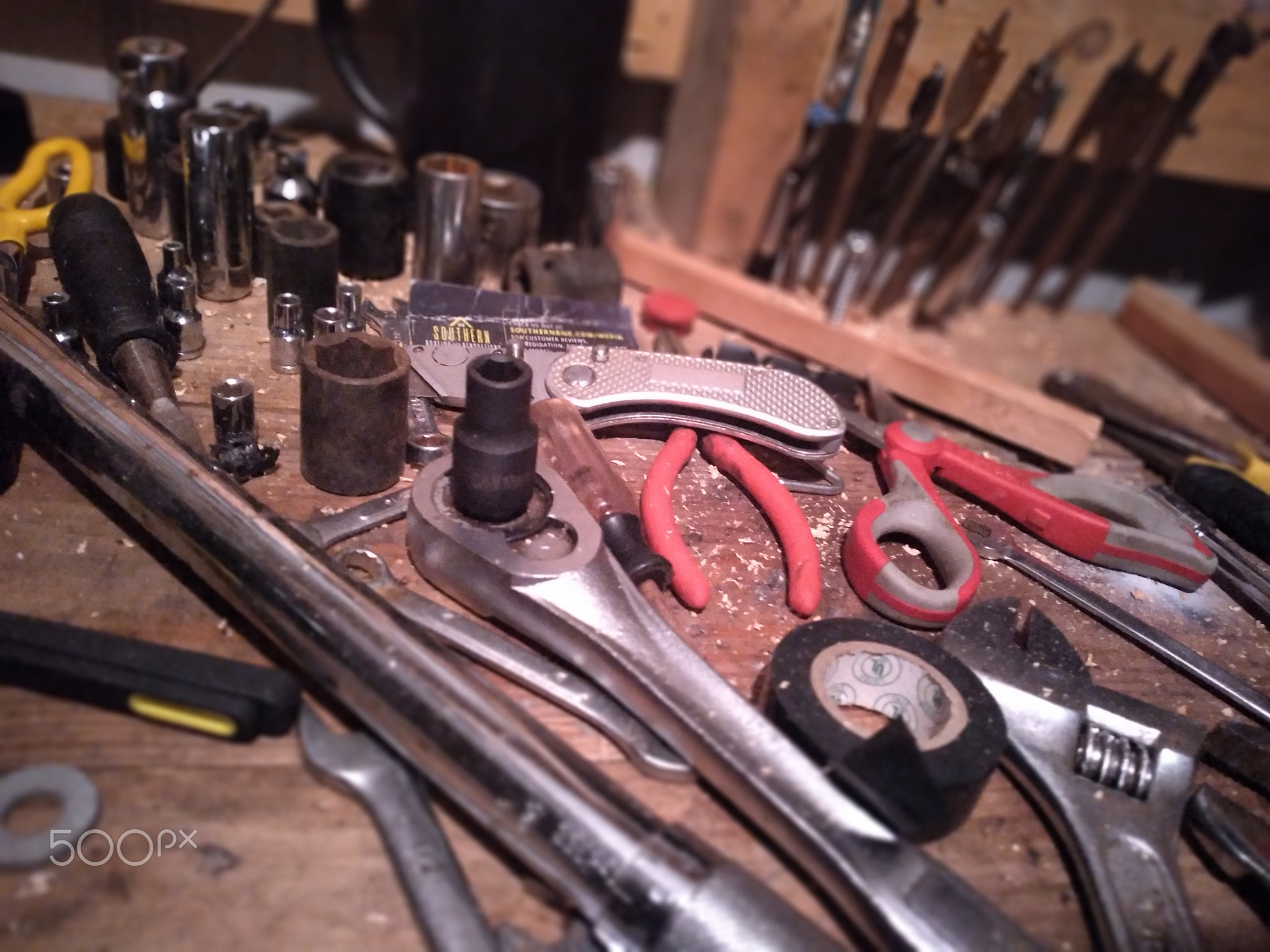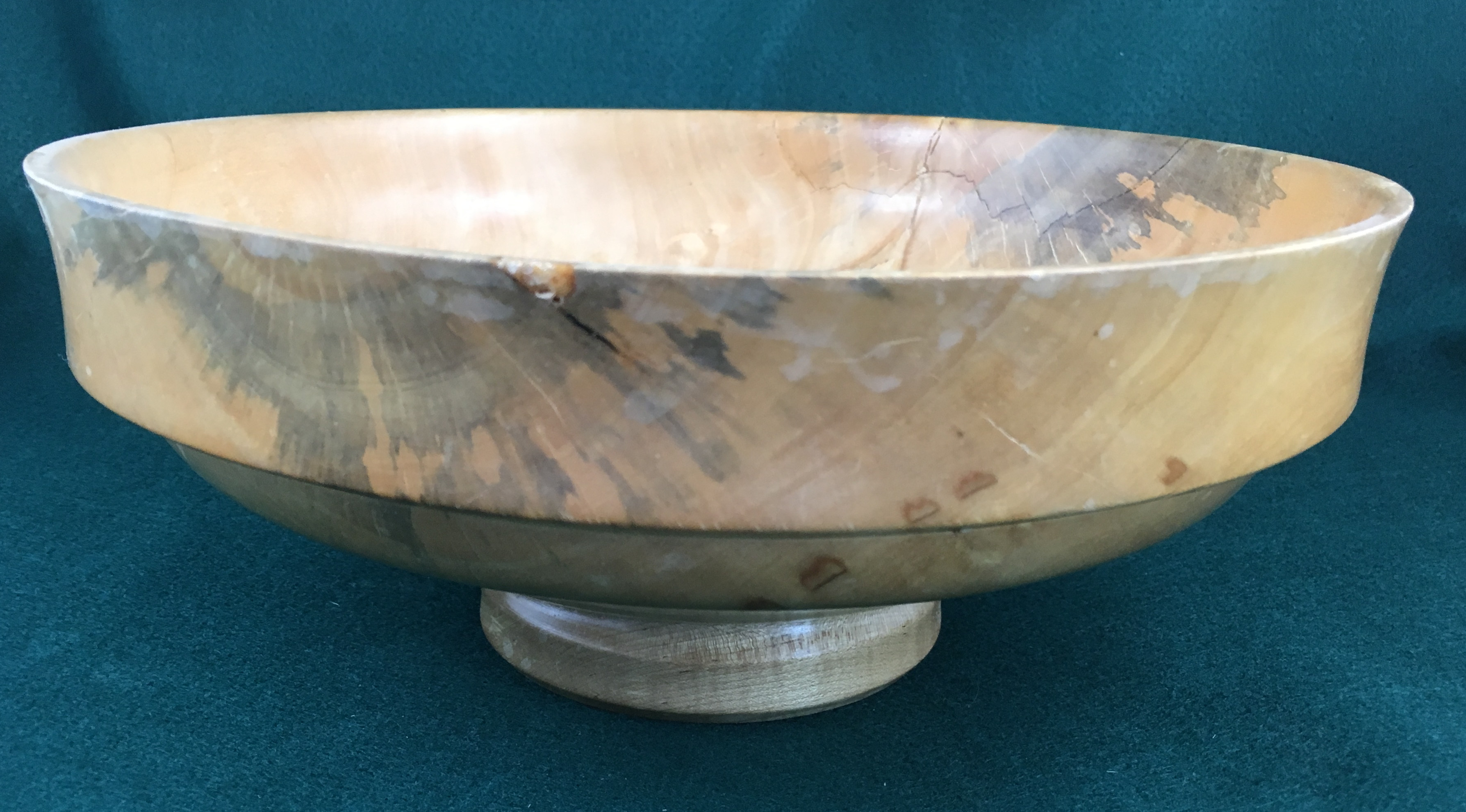 Bosch also makes an accessory base just for mounting within a table. It has a key the protrudes above the mounting plate so you can fine adjust height from above the table, which is very convenient. I'd build it with some very flat ply, a half inch layer on top of a 3.4 inch layer. Glued and screwed together once you cut a hole in the thin layer just how big is the router plate. This can leave you using a lip on which the plate could be rested by you. Cut a matching hole in the next layer that's half an inch smaller all round than the top. The 1617 has 2.25hp, plenty of power for just about any project almost. Making a router table isn't particularly difficult. The plate is aluminum usually, and many can be found already drilled for your 1617. Here is a picture of the base plate by Kreg. Cost is approximately $60 for the base RA 1165, on Amazon.
Bosch also makes an accessory base just for mounting within a table. It has a key the protrudes above the mounting plate so you can fine adjust height from above the table, which is very convenient. I'd build it with some very flat ply, a half inch layer on top of a 3.4 inch layer. Glued and screwed together once you cut a hole in the thin layer just how big is the router plate. This can leave you using a lip on which the plate could be rested by you. Cut a matching hole in the next layer that's half an inch smaller all round than the top. The 1617 has 2.25hp, plenty of power for just about any project almost. Making a router table isn't particularly difficult. The plate is aluminum usually, and many can be found already drilled for your 1617. Here is a picture of the base plate by Kreg. Cost is approximately $60 for the base RA 1165, on Amazon.
 Get one with a twist lock insert, not the old 3 screw type inserts. Routers produce copious amounts of hard for the lungs sawdust. You should use a very straight, very flat piece of 2x6 for a fence. If your short on space, the top and fence can rest on its edge somewhere. You must level the plate with the very best of the table, to get this done it is possible to either use wood screws in the corners from the thicker layer up, or pop $20 roughly at the Kreg height adjustment set. Cut an opening for your bit to fit in, in the centre. You'll find a vintage table, remove its top and mount your brand-new router table on it, or buy a stand (Harbor Freight has them fairly cheap and sometimes for sale.) Or, just sling it across several saw horses. Wear a mask, but you may also pop for $8 roughly for the dust collection port you screw onto the back of the fence.
Get one with a twist lock insert, not the old 3 screw type inserts. Routers produce copious amounts of hard for the lungs sawdust. You should use a very straight, very flat piece of 2x6 for a fence. If your short on space, the top and fence can rest on its edge somewhere. You must level the plate with the very best of the table, to get this done it is possible to either use wood screws in the corners from the thicker layer up, or pop $20 roughly at the Kreg height adjustment set. Cut an opening for your bit to fit in, in the centre. You'll find a vintage table, remove its top and mount your brand-new router table on it, or buy a stand (Harbor Freight has them fairly cheap and sometimes for sale.) Or, just sling it across several saw horses. Wear a mask, but you may also pop for $8 roughly for the dust collection port you screw onto the back of the fence.
Most Woodworking store stores and sites have these. 3 Flush trim bit with bottom mounted bearing that follows your straight edge guide. And it doesn't include sets to make cabinet doors, or the special bits you utilize to make dovetail joints. One 3/4 inch long, half inch wide mortising bit is my favorite for this because it leaves a very flat bottom. An advantage trimming bit is useful, and you'll desire to look at a bit to route grooves or dados. I buy bits when i need them, but a starter kit of roundover bits is something you'll work with a lot. 1 the roundover set, but get the half inch shaft (shank) size, they're more rugged. I actually would rather cut dados and grooves with what's called a Mortising bit. Grooves are stopped and don't go from edge to edge generally. 4 Illustration of the anatomy of a little, just FYI because top and bottom certainly are a bit confusing. Are a couple of pictures Here. This is a chart of several of the different profiles you may make with different bits. Dados go all of the away across the workpiece generally.
Cabin decor is a way to turn your log cabin into a cozy, charming environment. The styles that decorate log homes are as diverse because the social individuals who live in them. Maybe you visit a stone chimney puffing wood smoke. Lean against the strong back, warm trunk. The tips in this article will provide you with inspiration and ideas for the log home. Look up at the branches that form the canopy of leaves that shade and protect you. You can with a vacation cabin. While we often think about a log home's exterior, the interior is what completes a cabin's charm. If you haven't done it because you were a kid, go outside and sit under a tree. You'll find from antiques to contemporary furniture making themselves equally at home. All kinds of folks succumb towards the allure of logs, from new-age pioneers to cutting-edge trendsetters. Want to bring that feeling home?
Maybe you like a particular style -- Early American, Arts & Crafts, or Southwestern -- and know that a vacation cabin would be the perfect stage for your style to shine. Either real way, this article will give you acres of ideas to make a vacation cabin fit your look or for bringing cabin decor home. The sweet scent and quiet of the forest will embrace you as you walk with the hinged door. Vacation cabin style is welcoming, honest, and unassuming. Their log-building and woodworking skills date back to medieval times. In the next section, we'll explore the fascinating history of cabin decor styles, including Scandinavian, Appalachian, Western, and many more. Look up and you'll see beams and rafters, just like the branches of the tree, supporting the roof. Or perhaps you'd like to bring a truly classic cabin look -- that of the cowboy, rancher, or pioneer -- to your present home. For years and years, people living in the forested parts of Europe and Scandinavia counted on trees for shelter.